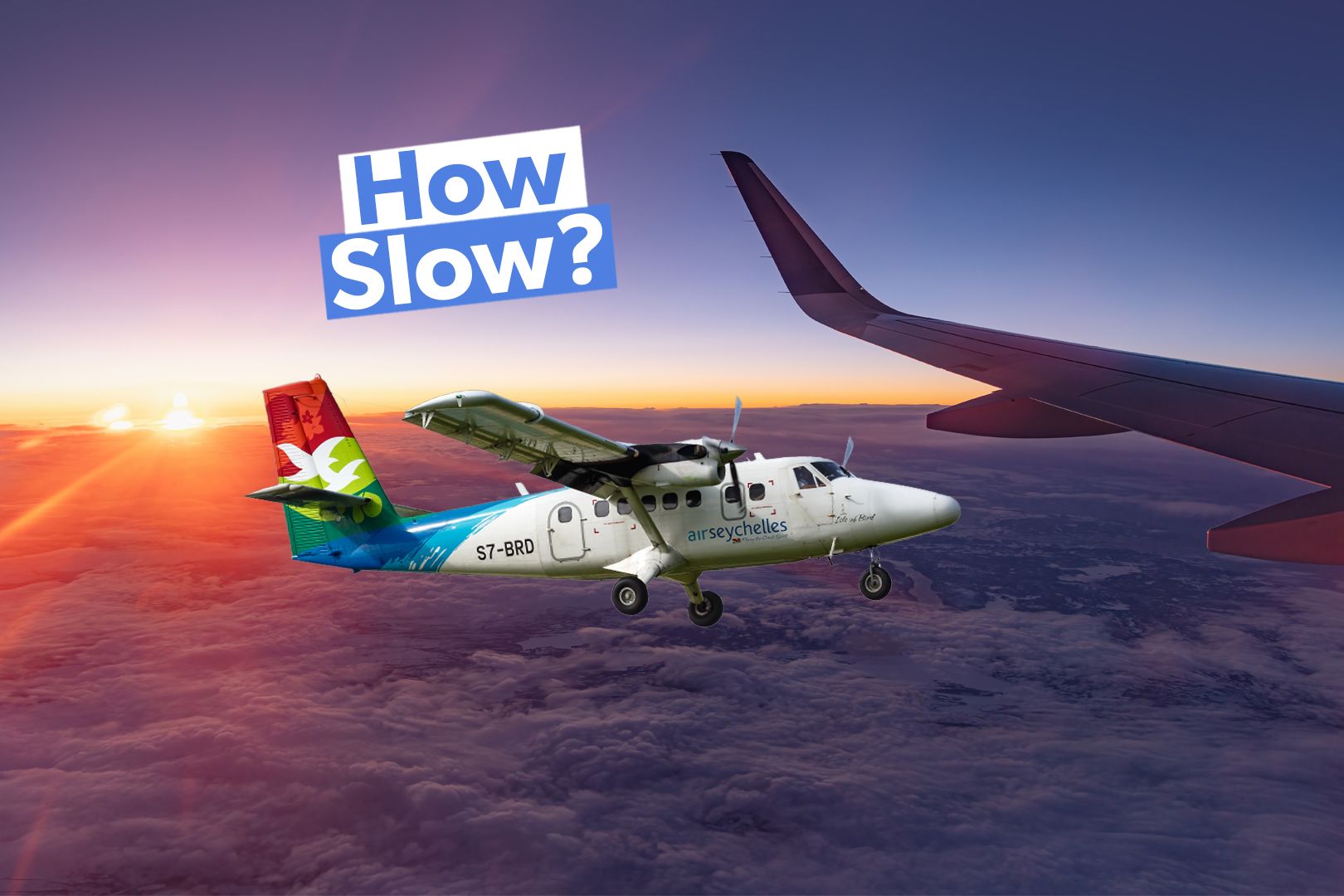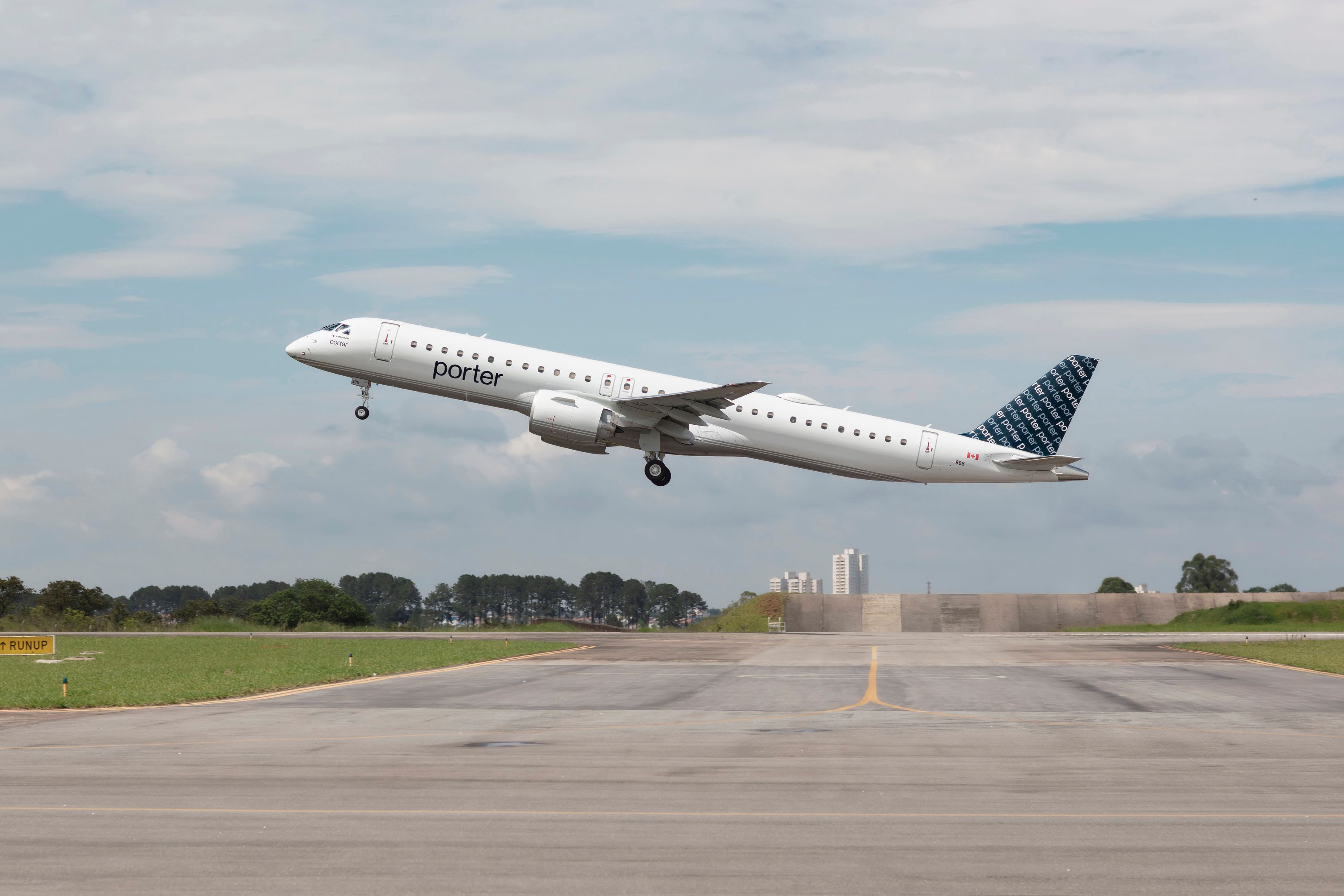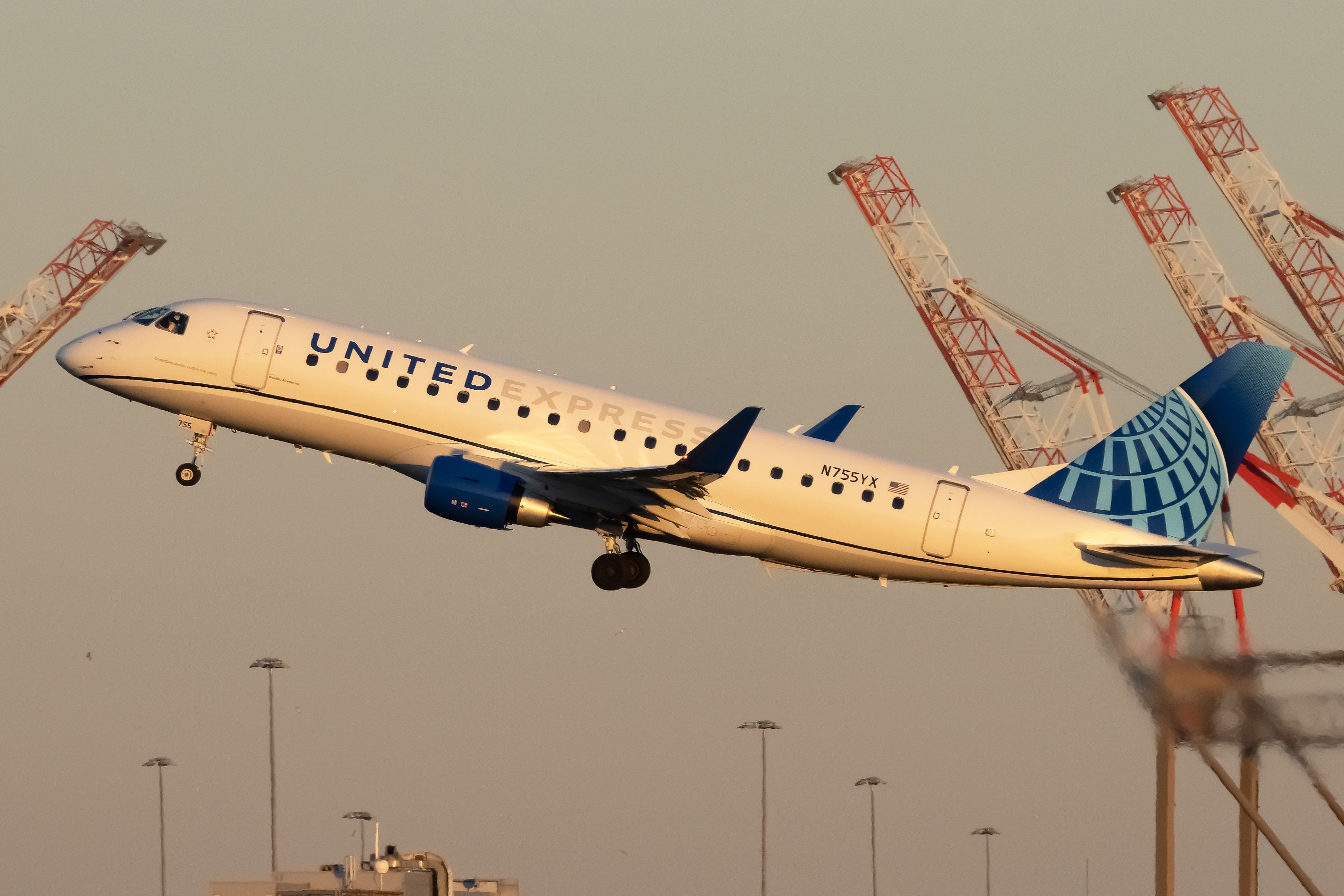The slowest speed an aircraft can fly is its stall speed. Calculating stall speed depends on a wide range of factors, including altitude, its loaded weight, the direction of the wind, and more. Flying at just above stall speed is not the same as the speed at which an aircraft can be easily controlled.
Aircraft can be easily destabilized at such low speeds, so they typically fly at substantially higher speeds (typically around 155 miles per hour). There is also a difference between airspeed and groundspeed (there's a reason why airplanes take off and land into the wind ). The Airbus A380 & Boeing 747 Jumbo Jet The stall speed of the largest commercial passenger aircraft ever produced, the Airbus A380-800 , is around 155 knots.
For reference, the A380's cruising speed is 561 mph or Mach 0.85, and its maximum design speed is Mach 0.96.
The stall speed of a Boeing 747 Jumbo Jet with the flaps up is around 220 knots. This varies with weight and variant, so different sources can give different numbers. Typical takeoff air speeds: Jetliners: 130-154 knots (149-177 mph) Light aircraft: Approx.
54 knots (62 mph) In a clean configuration (with no flaps and landing gear up), a Jumbo's stall speed is around 180 knots. In a landing configuration (with full flaps and the landing gear down), its stall speed is around 150 knots. The Jumbo's takeoff speed is around 200 mph, and its typical landing speed is around 150 knots (it is important for pilots to be aware of their take-off speed and wh.


















